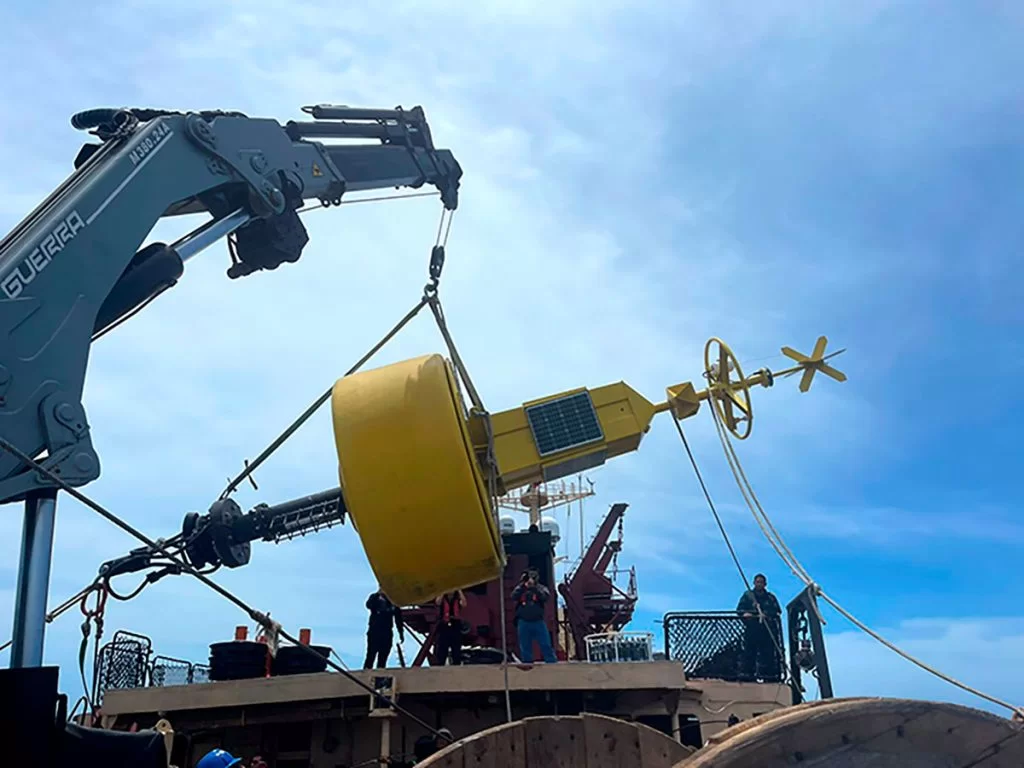Monitoring Critical Climatic Conditions
In a major step for research, the Ecuadorian Navy’s Oceanographic and Antarctic Institute has deployed a second oceanographic beacon in the Galapagos Archipelago. The buoy will be used to monitor environmental conditions and in particular those related the El Nino phenomena. This device is a complement to another buoy that was placed earlier in 2023, 110 nautical miles away from the Santa Elena Peninsula.
This expanded ability to collect environmental data will enhance preventive and protection measures for the Galapagos Archipelago. The buoys have sensors that capture a wide range of oceanographic and meteorological data including air temperature, wind direction and speed, precipitation and atmospheric pressure. They also measure wave patterns and ocean currents.
The collected data, which is of utmost importance, is sent to INOCAR’s Ocean Monitoring Center, in real time, where it is analyzed and used to produce climate forecasts. These forecasts are crucial for a wide range of activities, from navigation and fisheries to risk management and science research.
The Commitment to Protection Continually
Dr. Jorge Carrion is our Conservation Director and he emphasizes the need to monitor El Nino’s impact on Galapagos. “Protecting Galapagos ecosystems requires a constant and meticulous effort.” He says. We are committed to being vigilant and to taking quick actions to protect the integrity of these eco-systems from any anomalies caused by El Nino.
We are unwavering in our commitment to protect Galapagos, its biodiversity and the natural environment. We can continue to work tirelessly for a safe future for this natural treasure thanks to the generosity of our donors.

Through continuous tracking and data analysis, the buoys can predict phenomena like El Niño, which significantly impact global weather and oceanic conditions. ©INOCAR Ecuador



